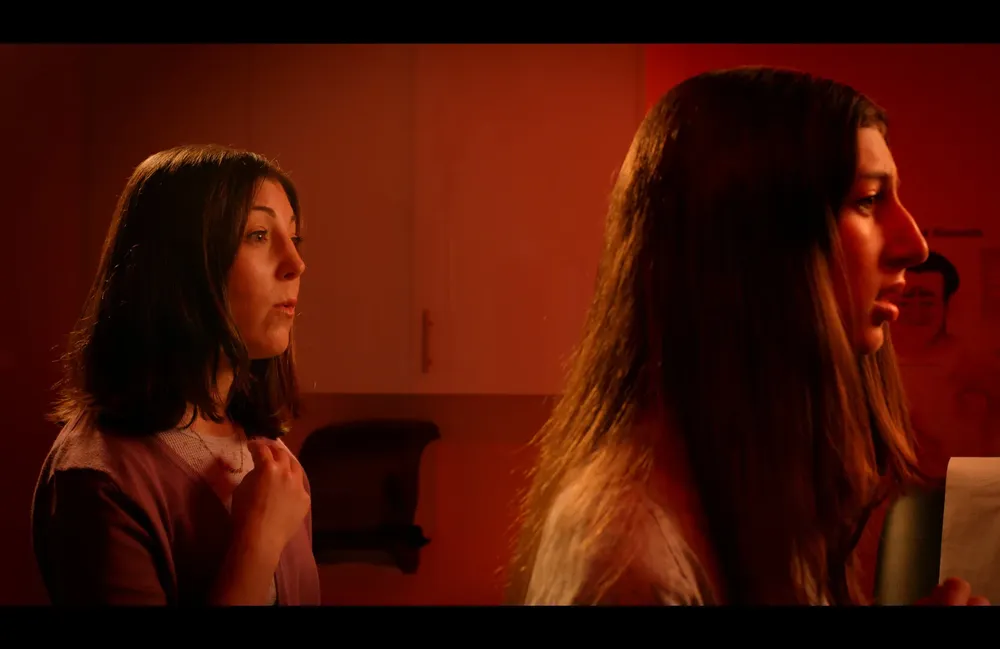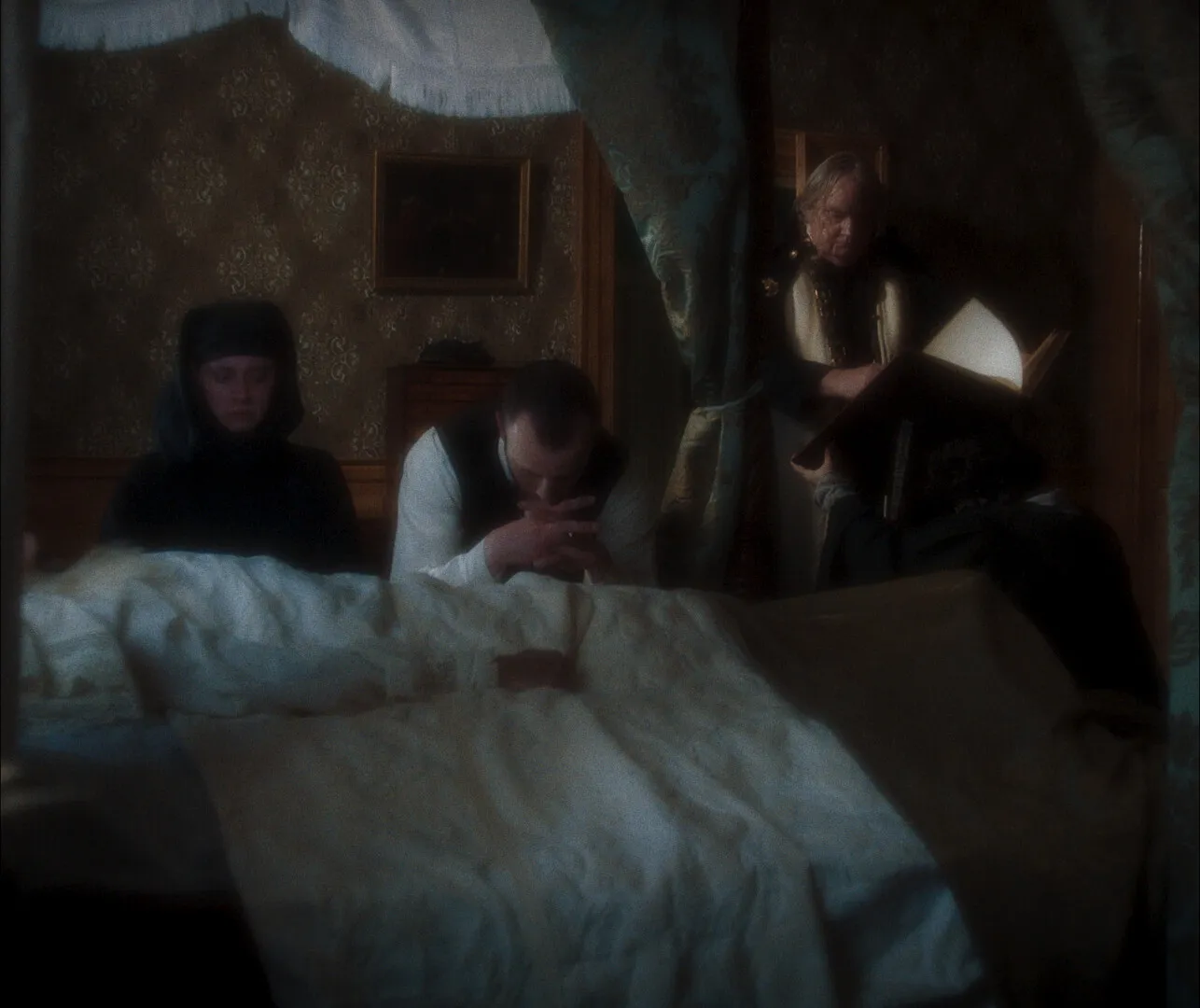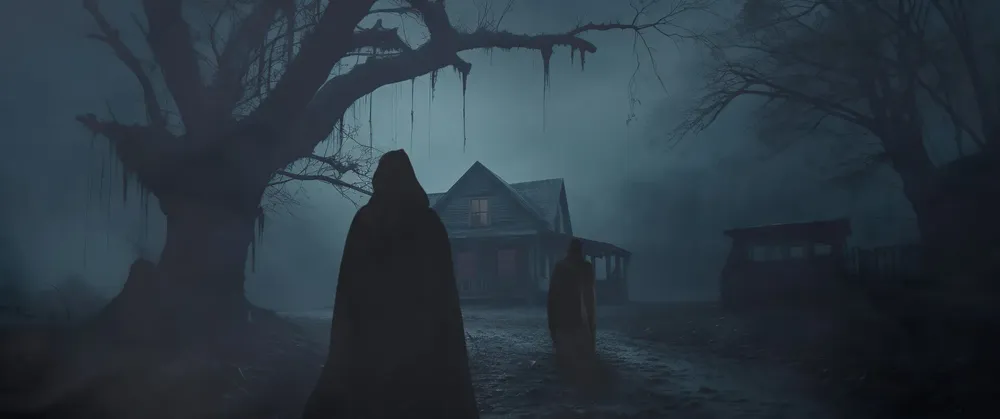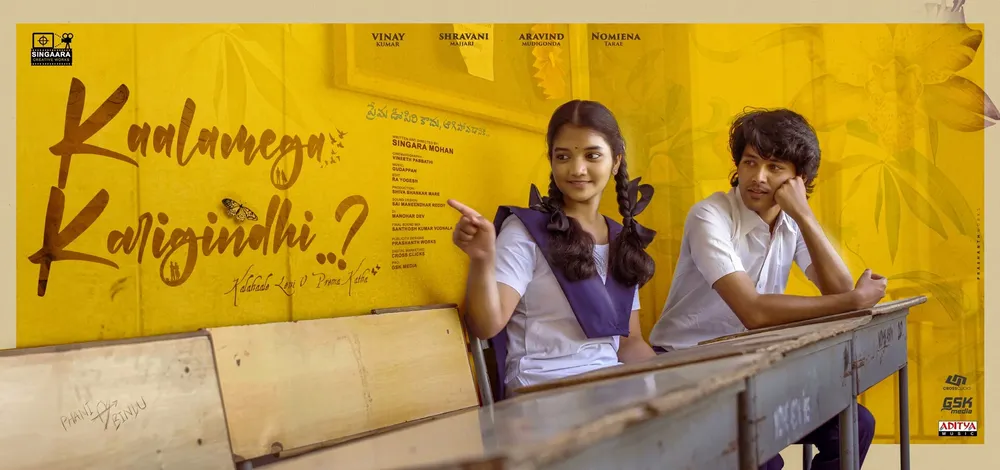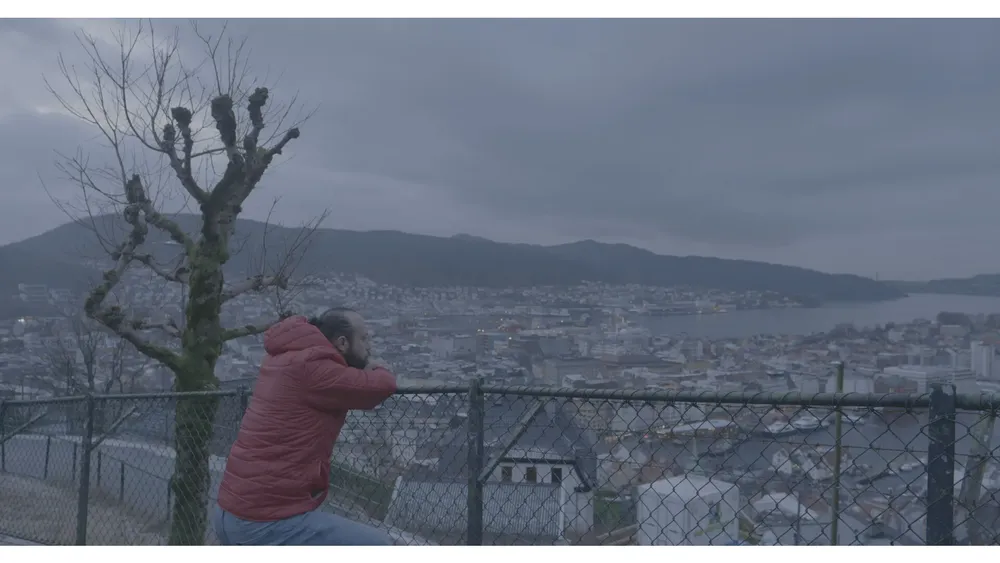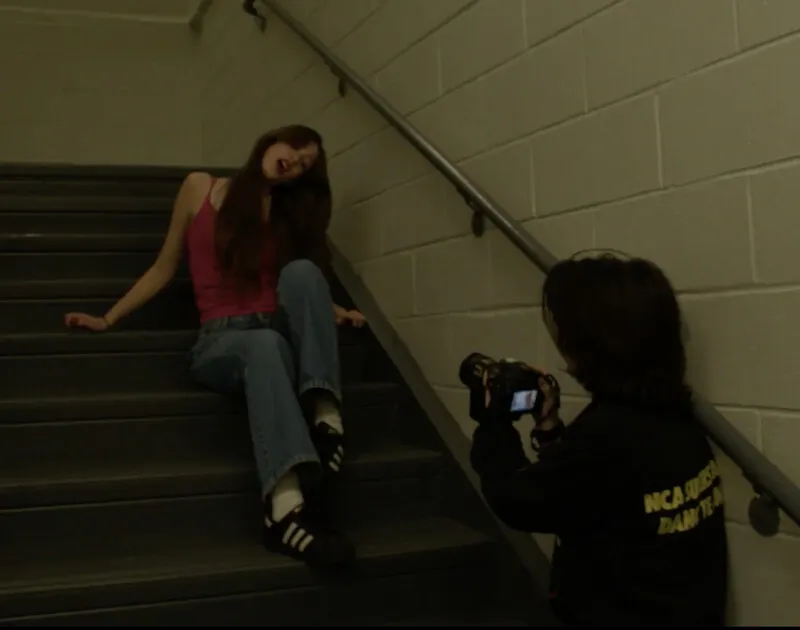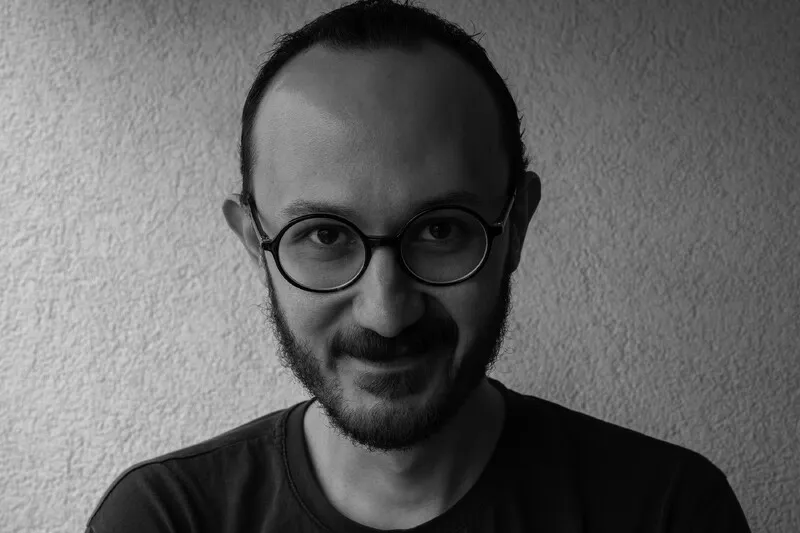
“Where did I come from? Who am I? Where will I go to? And you are…” A MASTERPIECE OF NEW JAPANESE CINEMA
REVIEWS Gustavo Coletti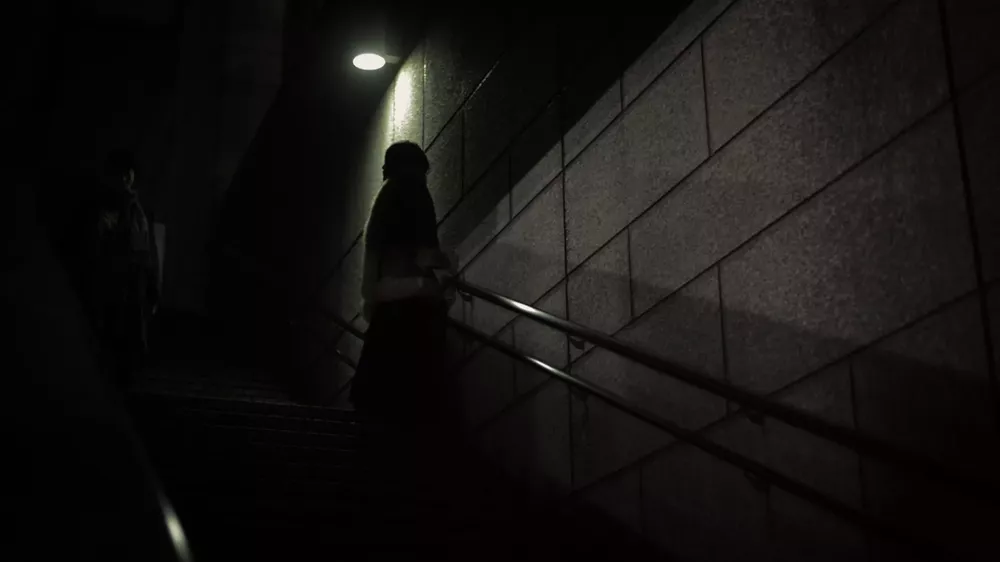
Winner of the 6th Logcinema Art Films Festival, which until last year was held simultaneously in Argentina and the United States, “Where did I come from? Who am I? Where will I go to? And you are…”, by Kazuya Kitao, is a masterpiece of new Japanese cinema, which honorably continues the saga of Kurosawa and Yasujiro Ozu.
Kitao had already impressed us with “Jinkai” (2005) and “Nokosareta mono” (2011), but the formula is one of overwhelming cinematographic aesthetics in which photography and lighting compete at the highest level. It takes us at times to a nostalgia for German film noir. In this case, the color sometimes seems to merge with black and white, to the point that it generates its own style.
The story of a woman searching for a man, her missing partner, in a dazzling and mysterious Tokyo, becomes an existential problem. Her encounter with different people awakens in her another search, interior, of herself perhaps.
At times, this woman seems to turn away from the man's search to face her own anxieties, doubts and beliefs, memories. His inner universe seems so vast that it is difficult for the viewer not to recognize some of those feelings.
The visual and emotional experience is overwhelming. It is possible that the film will have a major distribution in Japan this season, which will surely boost an international distribution. Our rating is: Unmissable.
Director : Kazuya Kitao
Cast : Risako Ishikawa Kyoko Takahashi Rao Onozuka Satoshi Nagi Kunio Konomori
Production : CNSS
japan/2019/color/16:9/137minutes




